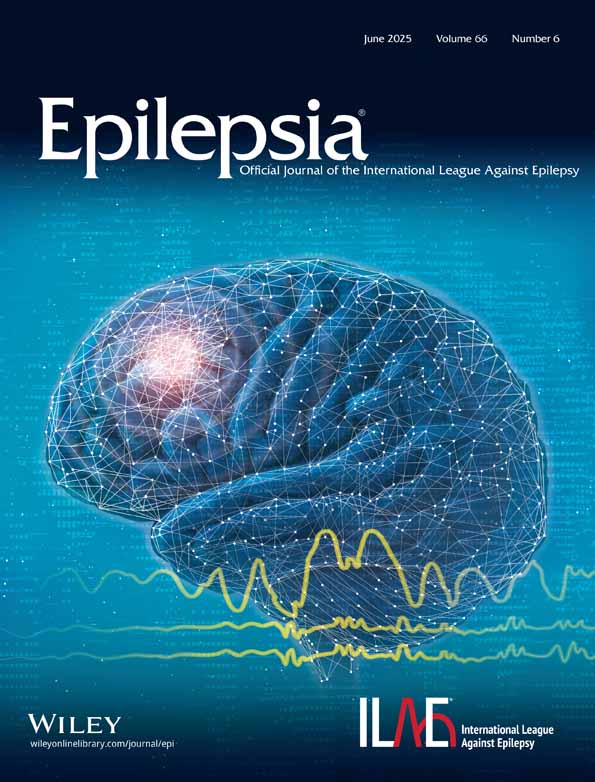Assisted reproduction and the fetal malformation risk associated with antiseizure medication exposure in pregnancy
Abstract
Objective
This study was undertaken to explore the possible role of assisted reproduction treatment (ART) in the occurrence of fetal malformation in women with antiseizure medication (ASM)-treated epilepsy.
Methods
Data collected in the Australian Pregnancy Register of Antiepileptic Drugs concerning the pregnancies of women with ASM-treated epilepsy were analyzed using standard simple statistical methods.
Results
The malformed fetal occurrence rate tended to be higher in women with epilepsy (WWE) treated with ASMs than in those untreated in at least the earlier months of pregnancy, the risk being statistically significantly higher (p < .05) in relation to valproate monotherapy. The malformation risk was greater when the pregnancy had been initiated via ART (n = 152, malformation rate = 11.18%) than when ART was not involved (n = 2388, malformation rate = 6.49%, relative risk [RR] = 1.72, 95% confidence interval [CI] = 1.07–2.77) and also greater versus ASM-treated pregnancy not involving ART (n = 2191, malformation rate = 6.79%, RR = 1.64, 95% CI = 1.02–2.64). The anatomical sites affected by the malformations also differed, the heart and great vessels being more often involved when ART had been involved. Multivariate logistic regression analysis suggested that the heightened malformation risk associated with ART plus ASM exposure seemed to be related to use of hormones in ART more than to in vitro fertilization.
Significance
WWE undertaking pregnancy through ART should be aware of the increased risk of fetal malformation beyond that related to ASM exposure. If this finding is supported in further studies, evaluations of fetal malformation risk rates associated with ASM exposure may need to be adjusted for possible overestimation because of confounder effects of ART, if ART was involved in the pregnancies studied.
CONFLICT OF INTEREST STATEMENT
F.V. has received research support for the Australian Pregnancy Register of Antiepileptic Drugs from the Epilepsy Society of Australia, NHMRC, RMH Neuroscience Foundation, Epilepsy Action Australia, UCB Pharma, Eisai, Jazz Pharmaceuticals, Sanofi-Aventis, and Sci-Gen. T.O. has received research support from the Epilepsy Society of Australia, NHMRC, RMH Neuroscience Foundation, Sanofi-Aventis, UCB Pharma, Sci-Gen, and Eisai. P.P. is currently supported by an Emerging Leadership Investigator Grant from the Australian NHMRC (APP2017651), the University of Melbourne, Monash University, the Weary Dunlop Medical Research Foundation, Brain Australia, and the Norman Beischer Medical Research Foundation. He has received speaker honoraria or consultancy fees to his institution from Chiesi, Eisai, LivaNova, Novartis, Sun Pharma, Supernus, and UCB Pharma, outside the submitted work. He is an associate editor for Epilepsia Open and president of the Epilepsy Society of Australia. J.G., A.H., C.L., and M.E. have no relevant conflicts of interest to declare. We confirm that we have read the Journal's position on issues involved in ethical publication and affirm that this report is consistent with those guidelines.
Open Research
DATA AVAILABILITY STATEMENT
The data that support the findings of this study are available on request from the corresponding author. The data are not publicly available due to privacy or ethical restrictions.




